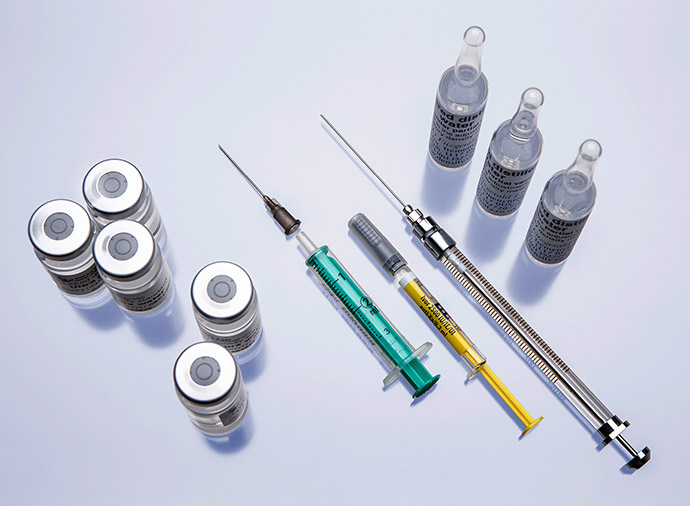
Vaccine analysis
The Safest Way: Solutions for quality control and R&D of vaccines
Vaccinations are one of modern medicine’s great success stories, from the smallpox vaccine to the one for SARS-CoV-2.
For therapeutic use, a vaccine must be carefully developed and equally thoroughly analyzed at every step of the formulation and production process before it is applied.
A simple jab prevents life-threatening diseases. In the same way, dedicated measuring solutions, along with advanced technical and software features, prevent inaccuracies and errors that can reduce the effectiveness, safety, and generally extremely high quality of these biopharmaceuticals.
Anton Paar develops and provides solutions for vaccine development, formulation, and quality control, including for the analysis of active agents, excipients, and final product formulations.
Anton Paar Products

Abbemat Essential 3001

Abbemat Essential 3101

Abbemat Essential 3201

DMA 1002
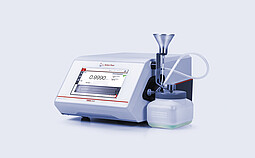
DMA 502

Litesizer DLS 101

Litesizer DLS 501

Litesizer DLS 701

Lyza 3000
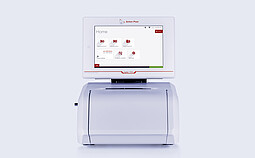
Lyza 7000

Abbemat Advanced 5001

Abbemat Advanced 5101

Abbemat Advanced 5201
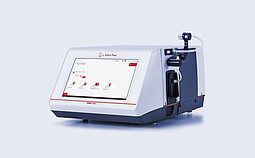
DMA 4002
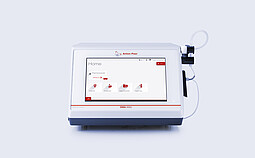
DMA 5002
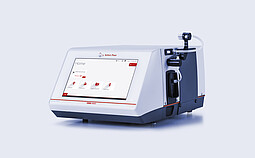
DMA 6002
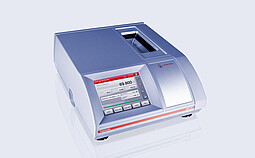
MCP

MCP
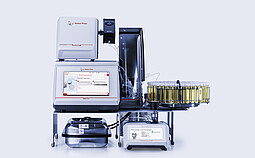
Pharma Measurement Systems
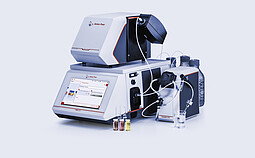
Pharma Measurement Systems Configuration 1
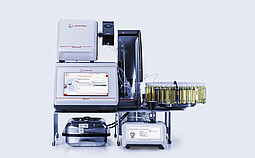
Pharma Measurement Systems Configuration 2
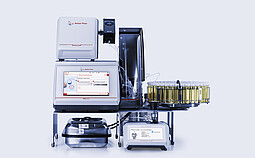
Pharma Measurement Systems Configuration 3
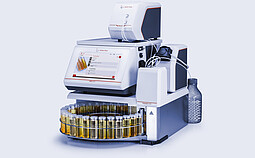
Turbidity Measurement System

Abbemat Pharma 7001

Abbemat Pharma 7201

Lovis 2001 Benchtop

Lovis 2001 Module
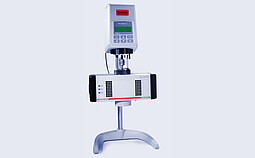
RheolabQC
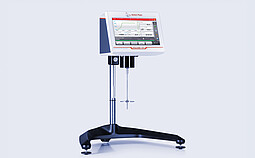
ViscoQC

SAXSpoint 500

SAXSpoint 700
Vaccine safety, compliance, and dosage consistency
The concentration and clarity of incoming goods and final product formulations need to be analyzed for consistent parameters such as: density, refractive index, optical rotation, clarity, and concentration. This ensures a safe and effective product.
Quality-control determination of these using Anton Paar’s multiparameter measuring systems helps avoid contamination and satisfies pharmacopeia requirements.
Anton Paar’s industry-leading array of laboratory instruments – with convenient modularity – provide super-accurate, highly reliable testing across incoming raw materials, research and design, and outgoing batches.
Vaccine stability
Liposomes often tend to coalesce or combine to form multilayer vesicles or larger aggregates. Controlling the charge of the liposomes is critical to ensure that they remain stably suspended rather than aggregated or combined. Highly negative or highly positive liposomes will repel in suspension and remain stable, whereas relatively neutral liposomes may aggregate over time. Electrophoretic light scattering (ELS) or zeta potential analysis (to determine liposome charge), are both keys to ensuring that the vaccine formulation will be stable during the course of its shelf-life, transport, and delivery.
Vaccine injectability
A key aspect of vaccine delivery from the patient point of view is comfort during the injection. Developing a vaccine formulation that has and maintains a low enough viscosity that can be easily delivered with a syringe is key. Many vaccine formulations often have a high concentration of lipids, sugars, active agents, and other excipients, and this often results in a highly viscous liquid that is difficult and painful to inject. Thus, analyzing vaccine formulations for their viscosity is a needed step in both vaccine formulation development and quality control.
mRNA/Liposome-based vaccines
mRNA-based vaccines are often formulated in a lipid-based liposome carrier that helps to protect the RNA from RNA-cleaving enzymes. They also assist in delivering the mRNA molecules into the target cells.
Ensuring consistent liposome size is critical when formulating vaccines. Dynamic light scattering (DLS) is a useful technique for measuring the size and size distribution of liposomes, which ensures that the liposomes in the formulation are both consistent in size and stable over time.
Additionally, care must be taken to ensure that the lipid bilayer thickness is appropriate for the specific vaccine application. Some formulations require a simple, single-layer liposome, whereas others may require double or triple layers of lipid. Small-angle X-ray scattering (SAXS) provides valuable structural information related to mRNA and its complexes with lipids. Specific information provided includes lipid-bilayer thickness, mRNA/lipid interactions, and orientations.
Data integrity solutions
Vaccine production must conform to stringent pharma regulations on data integrity, traceability, and compliance, including 21 CFR Part 11 and ALCOA +.
A key factor for this is organizing, managing, and reviewing relevant data and metadata from materials, production, and quality control checks. With the Anton Paar Connect Pharma edition, we provide you a tool that simplifies these processes.
AP Connect is a software solution for connecting laboratory instruments to data management systems to enable digital and error-free data flow. Based on a central database measurement, data is available for analysis on every PC in the network of the customer. The use of the software increases productivity by eliminating manual working steps, ensures quality of data in the laboratory, and provides fully automated or on-demand data transfer to IT systems (e.g., LIMS, ERP, or file storage). Dedicated features for the pharmaceutical industry in the Pharma Edition satisfy pharma industry regulation and data integrity requirements.

